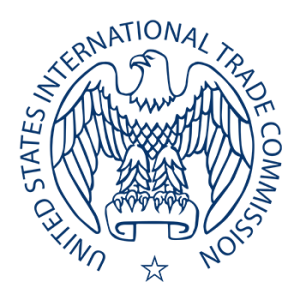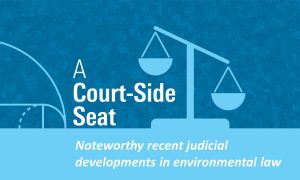This week’s round-up dives into digital transformation in the construction industry, renewed interest in flexible workspaces, and how the infrastructure sector can become more resilient and sustainable, both economically and environmentally.
Real Estate & Construction News Round-Up (10/26/22) – Proptech, Construction Starts, and the Solar Market
This week’s round-up features the decline in construction starts, proptech and its potential impact on the affordable housing sector, the residential home solar market, and more.
Real Estate & Construction News Round-Up (10/19/22) – Green Financing, Critical Infrastructure Protection, and IIJA Equity
This week’s round-up features green financing of hotels, efforts of the European Union to protect critical infrastructure, initiatives surrounding the IIJA to advance equity for historically disadvantaged businesses, and more.
The Case for Mixed-Use Retail Centers and Their Continued Investment Potential
Early pandemic fears that brick-and-mortar retail would not live to see the next decade look to be largely unfounded. Shopping centers remain a sound investment for private firms and large institutional investors alike, as evidenced by new numbers suggesting that retail acquisition surged to nearly $82 billion last year, a figure up 24% from the pre-pandemic levels of 2019. This revitalization has continued into this year, with first-quarter transaction volume hitting $25 billion, reflecting an 82% increase from the same period in 2021. In the second quarter of this year, more than 900 shopping centers sold nationwide—a total of $16.6 billion alone for in-person retail. Retail vacancies are the lowest they’ve been in at least 15 years, and current rent averages are up 16% than the rental rates of five years ago.
Real Estate & Construction News Round-Up (10/12/22) – the IIJA, Cybersecurity, and the Housing Market
This week’s round-up features how industries tangentially related to the housing market could be affected by its downturn, how the Biden Administration’s plans to invest IIJA funds, cybersecurity considerations for commercial property owners, and more.
Real Estate & Construction News Round-Up (10/05/22) – Hurricane Ian, the Inflation Reduction Act, and European Real Estate
This week’s round-up features Hurricane Ian’s effect on the construction labor pool, the Inflation Reduction Act’s projected impact on the real estate and construction industry, Europe’s real estate market, and more.
Safeguarding the U.S. Construction Industry from Unfair Competition Abroad
 In April 2015, the U.S. International Trade Commission (ITC) issued an exclusion order prohibiting the importation of certain foreign-made crawler cranes into the United States for a period of at least 10 years. That order was the result of a 20-month investigation by the ITC, initiated by a Wisconsin-based crane manufacturer based on allegations of patent infringement and trade secret misappropriation by a China-based company. Defined by powerful injunctive remedies, unique rules, and a lightning-fast docket, the ITC can help protect American industry from unfair acts in the importation of articles into the United States. This post explores the traits that make the ITC an attractive venue for potential complainants.
In April 2015, the U.S. International Trade Commission (ITC) issued an exclusion order prohibiting the importation of certain foreign-made crawler cranes into the United States for a period of at least 10 years. That order was the result of a 20-month investigation by the ITC, initiated by a Wisconsin-based crane manufacturer based on allegations of patent infringement and trade secret misappropriation by a China-based company. Defined by powerful injunctive remedies, unique rules, and a lightning-fast docket, the ITC can help protect American industry from unfair acts in the importation of articles into the United States. This post explores the traits that make the ITC an attractive venue for potential complainants.
Real Estate & Construction News Round-Up (09/28/22) – Virtual Property, ESG Reporting, and Economic Sanctions
This week’s round-up features virtual land marketplaces, proposed sanctions from the European Commission against Russia, ESG reporting and transparency in the real estate industry, and more.
A Court-Side Seat: Clean Air, Clean Water, Citizen Suits and the Summer of 2022
This is a selection of significant environmental and regulatory law cases decided by the federal courts after the Supreme Court’s 2021 Term concluded.
Connection Corner: Chris Love of Capital City Real Estate
 The Real Estate and Construction industry may be huge, but ultimately, as with all industries, it comes down to the people who help make it all come together. From time to time, we like to profile some of those people.
The Real Estate and Construction industry may be huge, but ultimately, as with all industries, it comes down to the people who help make it all come together. From time to time, we like to profile some of those people.
Washington, D.C.-native Chris Love has been involved in multifamily real estate pretty much from the moment he departed Virginia Tech’s campus, degree in hand, back in 2007. “At the time, I wanted to go into development,” he says, but with the overheated housing market already experiencing the signs of its impending collapse, no developers were hiring. Undeterred, Chris looked toward brokerage, joining First Capital Realty in Bethesda, Md., where he received his first real-world experience valuing apartments and learning “what made apartments tick.”





